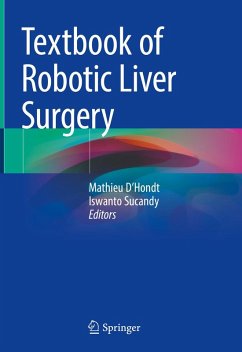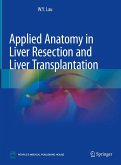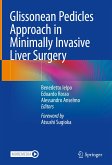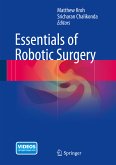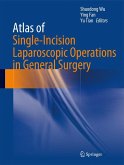The chapters cover topics such as the historical development of RLS, the technological innovations driving its progress, and detailed case studies from leading robotic liver surgeons across Europe, Asia, and the Americas. The authors delve into critical issues like the steep learning curve, risk management, and oncological outcomes. This collection of essays invites readers to think through critical questions such as the reproducibility of RLS implementation and its long-term viability in surgical practice.
Researchers in minimally invasive surgery, hepatobiliary specialists, and medical professionals interested in robotic surgery will find this book particularly beneficial. It offers theoretical perspectives and practical case studies that make it highly readable for both scholars and practitioners. Whether you are an experienced surgeon or a student eager to learn about the latest advancements in liver surgery, this book provides essential insights into the evolving landscape of RLS.
Dieser Download kann aus rechtlichen Gründen nur mit Rechnungsadresse in A, B, BG, CY, CZ, D, DK, EW, E, FIN, F, GR, HR, H, IRL, I, LT, L, LR, M, NL, PL, P, R, S, SLO, SK ausgeliefert werden.

